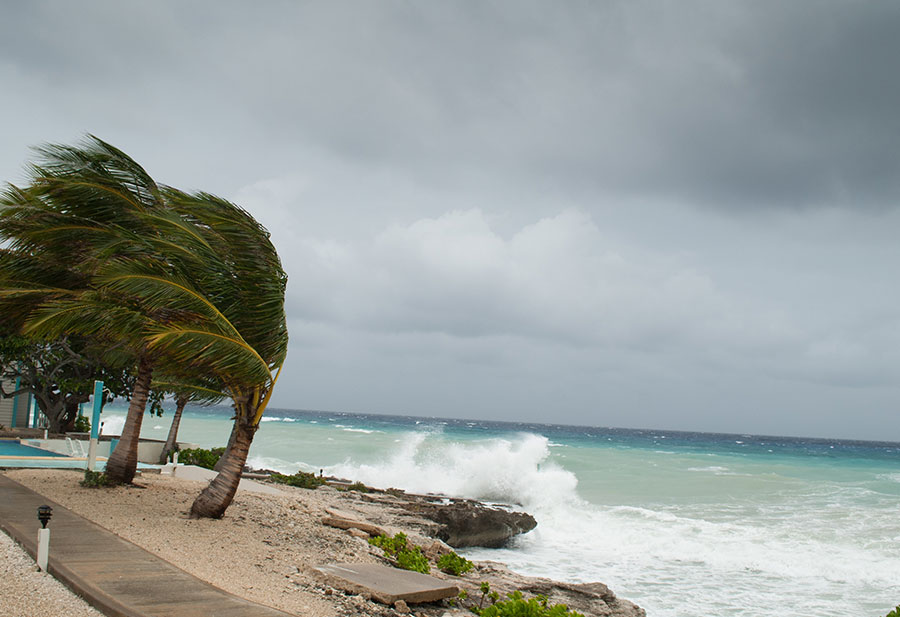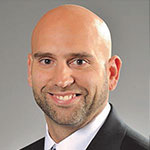Understanding Hurricane Warnings: What You Need to Know to Stay Safe

Hurricanes can cause catastrophic damage to coastlines and several hundred miles inland – and can cause major damage to the electric system. Understanding hurricane warnings is crucial for safety during hurricane season, and being prepared if your electricity goes out is important. Warnings are issued by meteorological agencies to alert the public about an approaching hurricane and its potential impacts. Here are the main types of warnings and their meanings.
- Hurricane Watch: This indicates that hurricane conditions (sustained winds of 74 mph or higher) are possible within the specified area. It is usually issued 48 hours in advance of the anticipated onset of tropical-storm-force winds. A watch means that you should prepare for the possibility of a hurricane and review your emergency plans.
- Hurricane Warning: This is issued when hurricane conditions are expected in the specified area. It is typically issued 36 hours in advance of the anticipated onset of tropical-storm-force winds. A warning means that you should complete your storm preparations and evacuate if directed to do so by local officials.
- Tropical Storm Watch: This indicates that tropical storm conditions (sustained winds of 39 to 73 mph) are possible within the specified area, usually within 48 hours.
- Tropical Storm Warning: This is issued when tropical storm conditions are expected within the specified area, typically within 36 hours.
- Storm Surge Watch: This indicates that there is a possibility of life-threatening inundation from rising water moving inland from the shoreline, generally within 48 hours.
- Storm Surge Warning: This indicates that there is a danger of life-threatening inundation from rising water moving inland from the shoreline, generally within 36 hours.
Preparation Tips
- Emergency Kit: Prepare an emergency kit with essential supplies, including water, non-perishable food, medications, flashlight, batteries, and important documents.
- Evacuation Plan: Have an evacuation plan in place. Know your local evacuation routes and shelters.
- Home Preparations: Secure your home by boarding up windows, securing loose outdoor items, and ensuring your property is as safe as possible.
- Stay Informed: Monitor weather updates from reliable sources like the National Weather Center (NHC) and local news.
During the Hurricane
- Stay Indoors: Stay inside a sturdy building and away from windows.
- Listen to Authorities: Follow instructions from local officials and emergency services.
- Emergency Contacts: Keep a list of emergency contacts handy and ensure your family knows how to reach each other.
After the Hurricane
- Wait for Clearance: Do not venture outside until authorities declare it safe.
- Assess Damage: Carefully assess any damage to your property, being mindful of potential hazards like downed power lines or flooding.
- Seek Help: If needed, seek assistance from local emergency services or relief organizations.
- Downed Power Lines: Never touch a downed power line. Lines that seem de-energized could be energized and deadly if touched. Report hazards such as fallen or sparking power lines, broken gas or water mains, overturned fuel tanks, etc., to police or utilities immediately.
- Portable Generator Safety: Always use generators outdoors at least 20 feet away from your home, away from windows, doors and vents.
- Reporting an Outage: Outages can be reported online or by calling 888-769-7688. Be prepared to provide account name and location, telephone number, nature of problem and any additional information.
By understanding and responding appropriately to hurricane warnings, you can significantly enhance your safety and preparedness during hurricane season.
